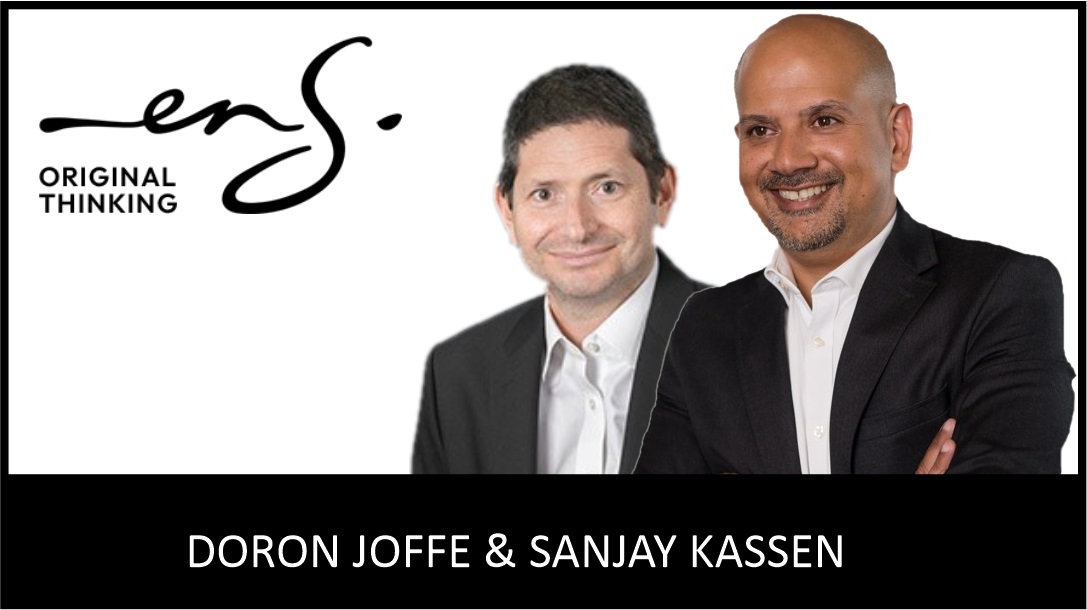Satish Antony, Chief Analytics and Strategy Officer at Medscheme
Most South Africans will have to work until age 80 before they can afford to retire comfortably. That’s 15 years longer than the official retirement age – and those extra years are often spent in poorer health. The 2025 Sanlam Benchmark research shows that we may be living longer but are not necessarily living well for those extra years. It’s time for a change: instead of only treating illness when it’s already present and serious, we need to focus on prevention and early care.
Data from the 2025 Benchmark Survey indicates that older employees are more likely to develop chronic illnesses before they can stop working. That means higher medical costs, more strain on workplace health schemes, and extra pressure on our national healthcare system.
So, what can we do now to put solutions in place to help provide care as we age out of employment; with our health, dignity and independence intact? We can’t think about retirement planning and healthcare as two separate things any longer. Sanlam’s research shows they are deeply linked. If we live longer but spend more of those years in poor health, the costs will simply move from pensions to medical schemes, from employers to the state, and ultimately to individuals.
Living longer doesn’t always mean living healthier
The Benchmark insights show that lifestyle-related illnesses like diabetes, high blood pressure and arthritis are becoming more common as people age. At the same time, medical costs keep climbing.
Here’s an example: in 2025, the average monthly medical scheme premium went up by 11%, versus a CPI of 4.4% ranging from R1 400 to R10 000. With annual increases that consistently exceeds CPI, many people may cancel their medical cover after they retire because they simply can’t afford it. If you still have years of work ahead but no proper healthcare options, small problems can quickly turn into big, expensive ones.
Why employers and the state should care
When employees are ill, it’s not just about medical bills. Productivity can drop, absenteeism can rise, and it can be harder for people to keep up with physical or mentally demanding work.
The insights from the 2025 Sanlam Benchmark Survey show that about one third of members are responsible for over 60% of the total medical costs in a scheme. Older age is strongly correlated with higher medical costs – for example, the average annual medical cost for a 25-year-old member is around R12,000, while for a 60-year-old, may well exceed R150,000. When people work well past the usual retirement age, costs climb higher, especially when chronic conditions are involved. This places additional pressure on public healthcare because illnesses can’t be caught or managed early.
Time to rethink how benefits work
The solve may be what’s known as value-based care, where the goal is to keep people healthier for longer, not just pay for more tests and treatments. For employees, it means earlier diagnosis, co-ordinated care, and practical health education. For employers, it can mean fewer sick days, lower medical costs, and a healthier, more engaged workforce.
Building a healthier working life, from start to finish
If more people are going to work into their late 70s, benefits and workplace support need to reflect that reality.
Here are some ways employers and benefit providers can help:
Regular check-ups and wellness support: Health screenings, fitness programmes, and nutrition guidance are usually far cheaper than hospital stays for advanced illnesses. It’s critical that younger employees start getting into the habit of regular routine health checks. Giving people recognition, time off and flexibility are also important aspects of overall well-being.
Teamwork in treating long-term illnesses: A retiree’s doctors, nurses, and other carers should share information and work together to provide the right help without delays or mix-ups. There also needs to be more co-ordination and collaboration around care.
Affordable cover that lasts: Offer health cover that employees can maintain into retirement or explore low-cost ‘gap’ products for when they leave work.
Support for stress and mental health: Money worries and stress can harm physical health, too. Counselling, debt advice, and employee assistance programmes can make a significant difference in helping people to plan for their financial futures by providing viable foundational steps, such as growing and maintaining emergency funds.
Clear, simple benefit education: Approximately 47% of members feel they understand their risk benefits. This reflects a need for advice that is easy to understand, and one-on-one guidance that can help people make better health and money choices.
Retirement and health go hand in hand
Sanlam’s Age of Confidence vision is about more than having enough money to retire. Planning for both money and health is critical to ensuring that working longer doesn’t mean spending those extra years battling illness. With the right support, more people can reach retirement in good health and be ready to enjoy it.
ENDS

























































































